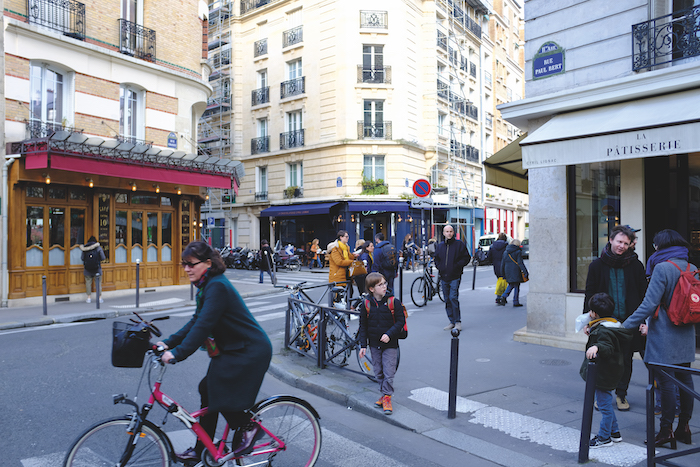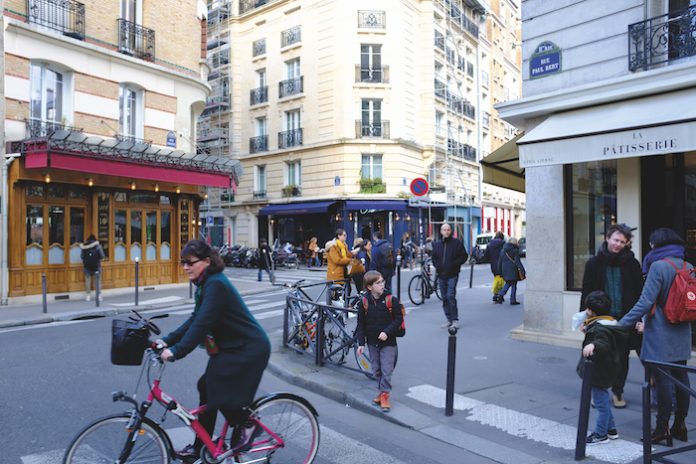
From the epicentre of the Revolution to a centre for epicurean revolution, this energetic Parisian avenue has only one factor on the menu: high quality. Jeffrey T Iverson stops by for a style…
While you ascend the steps out of the Faidherbe-Chaligny metro station, at first sight all the things round you resembles a set of completely common Parisian crossroads. There are good-looking Haussmanian buildings, brasseries and newsstands, and loads of automobiles zipping down rue du Faubourg Saint-Antoine and rue Faidherbe. However what might look like only a nice, if unexceptional, nook of the capital at present was, within the late 1700s, a veritable hotbed of innovation and freethinking. The center of the most important furnishings manufacturing centre in France, it was populated by an unlimited workforce of expert craftsmen, who collectively made this neighbourhood the bottom zero of the French Revolution.
In April 1789, months earlier than the storming of the Bastille, rumours {that a} Faubourg Saint-Antoine luxurious wallpaper producer supposed to decrease his employees’ wages sparked the Réveillon riots, now thought of by historians because the true starting of La Révolution. Troopers fired on the rioting employees, killing dozens and making it the bloodiest day till the ultimate rebellion of August 1792, when the seditious brewery proprietor Antoine Santerre rallied the plenty in his Faubourg brewery (then situated simply steps away from right here at 210 Faubourg Saint-Antoine) earlier than raiding the Tuileries Palace and bringing the monarchy to a violent finish.
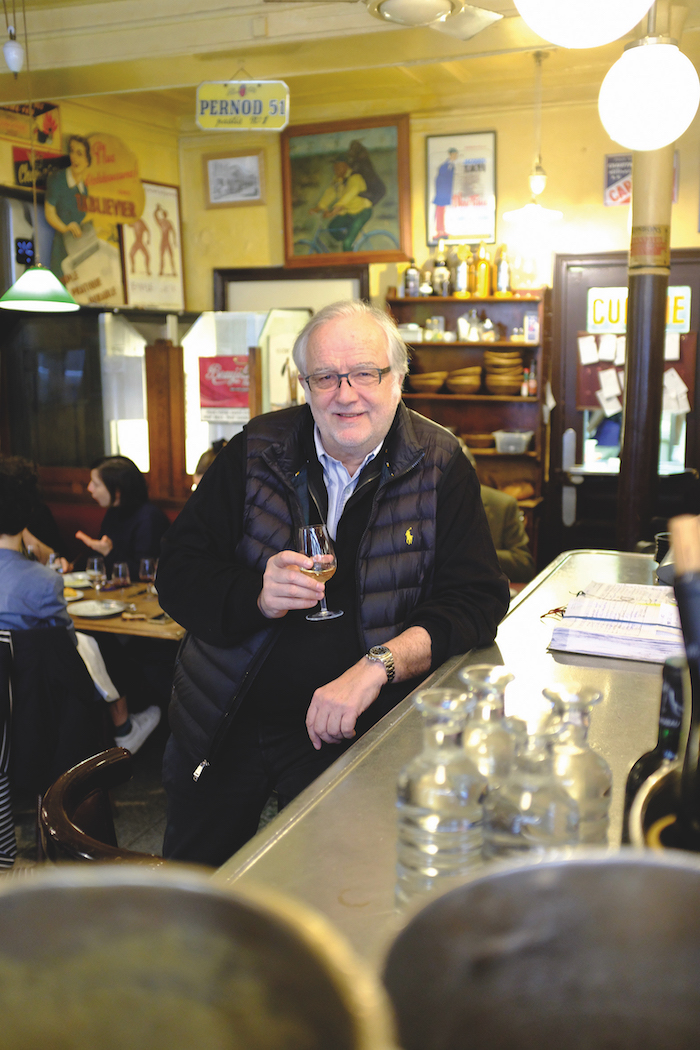
So is that French urge for food for un bon fight over a righteous trigger now a factor of the previous? For a solution, stroll 50 metres up rue Faidherbe and also you’ll arrive at a avenue the place it appears a bunch of enlightened spirits has dug in for a final stand of their very own, every defending noble traditions and dealing of their small methods to make the world a greater place – rue Paul Bert. Not cabinetmakers however cooks and entrepreneurs whose eating places and connoisseur outlets replicate a fervent appreciation for the heritage of France’s gastronomic previous, and daring visions of the way forward for food and drinks. “We vote thrice day for the type of world we would like,” says Samuel Nahon, co-founder of Terroirs d’Avenir, supplier of outstanding French produce to cooks and the epicurean public. “And we do it every time we eat a meal.”
So how did the scrumptious revolution of rue Paul Bert start? This being Paris, naturally, it began with a bistro. As meals critic François Simon writes in French Bistro: Seasonal Recipes, “The bistro is a culinary enclave within the 21st century, an establishment in parenthesis… It speaks to our irrational appetites; it’s a social sanctuary: someplace to replicate, watch passers-by, shrug at energy, and mop up the sauce on our plates with good bread. Let the skin world march on in gray fits, they’re slaves to their watches. The Bistrot Paul Bert in Paris illustrates each be aware of this city hymn, this calm revolt, this rise up that runs on salted butter.”
The Bistrot Paul Bert, at 18 rue Paul Bert, was opened in 1997 by Bertrand Auboyneau and his spouse Gwenaëlle Cadoret. Auboyneau had labored in finance for 20 years, a lot of it within the Center East, but wished to calm down once more in his native metropolis. “It was a radical life change,” he recollects. “However I’d at all times beloved gastronomy and wine, and wherever I travelled I used to be at all times looking out for heat, welcoming, convivial locations the place the folks made me really feel they have been glad to see me. I wished to breed that in my very own restaurant.” And for Auboyneau, nothing is extra heat and welcoming than the traditional French consolation meals he grew up consuming – feuilleté of calf sweetbreads with mushrooms, roast lamb with spring greens, filet mignon pepper steak with cognac cream sauce and pommes frites…
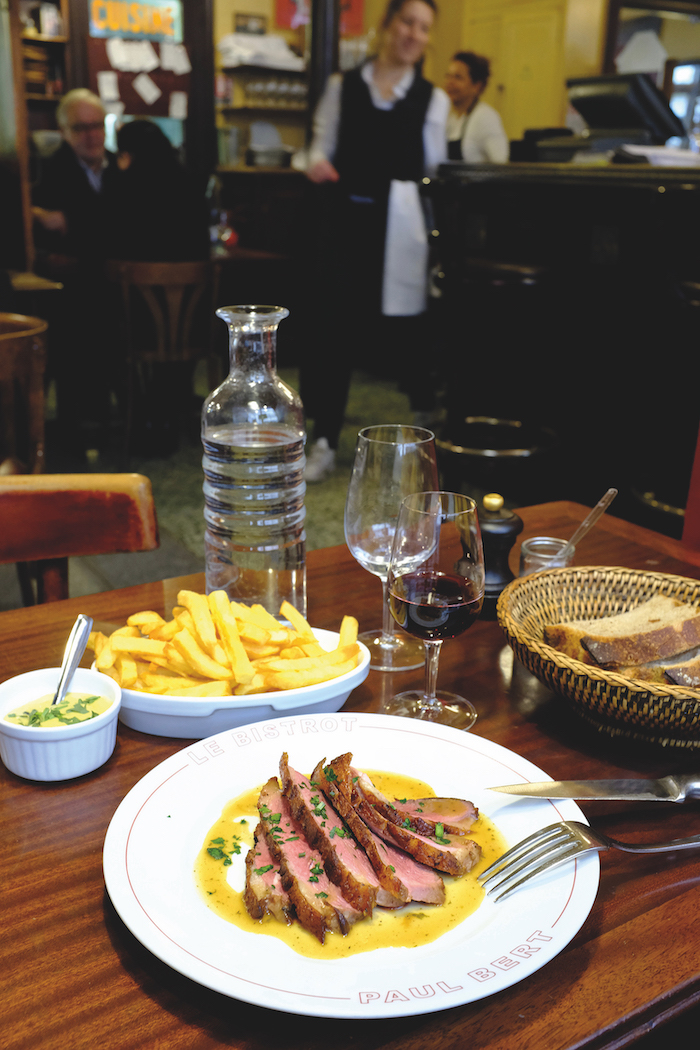
The couple couldn’t have picked a greater second to resurrect the Parisian bistro. Within the 1990s, a brand new breed of cooks reminiscent of Michel Picquart and Yves Camdeborde have been starting to supply Parisians one other type of eating expertise in addition to the ever-present brasserie and the dear gastronomic restaurant. Their motion would develop into often known as bistronomie – a contraction of “bistrot” and “gastronomie” – characterising small eating places providing made-from-scratch delicacies at inexpensive costs but with elements worthy of one of the best three-star tables.
For some cooks, bistronomie was a platform for creatively reinterpreting traditional French recipes with trendy strategies or novel ingredient mixtures. However Auboyneau took the other method, making Paul Bert a touchstone for genuine bistro fare. “Individuals name us very old-fashioned, and I settle for that!” he says. “I feel that dishes of conventional French delicacies shouldn’t be questioned, we shouldn’t search to enhance or adapt them to trendy palates, they need to be ready the way in which they’ve at all times been. As a result of in doing so we cross on a legacy, we protect our heritage. I’ve tried to do this right here.” Fuelled by this mixture of generosity and rigour, his bistro has by no means stopped bustling. “The Paul Bert,” writes critic Simon, “continues to be successful due to its real respect for each its meals and its diners. You’ll really feel it as you enter and style it within the crunch of the bread and the thickness of the entrecôte.”
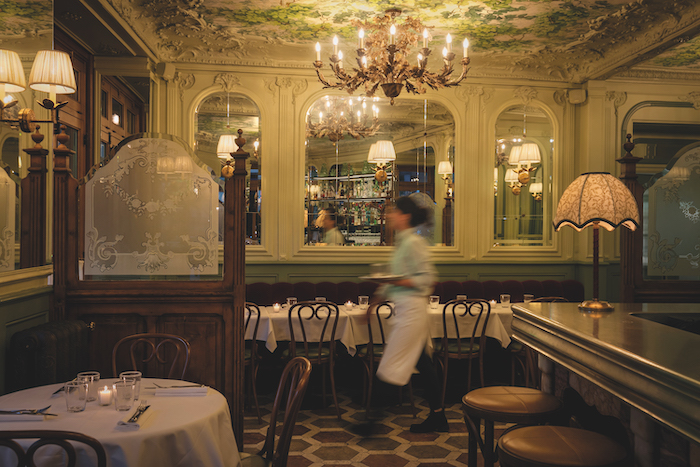
Star High quality
However the couple apparently weren’t happy simply having a profitable restaurant, and as an alternative determined to assist fulfil the unrealised potential of this “somewhat unhappy little avenue”. Solely a yr after opening Bistrot Paul Bert, Auboyneau and Cadoret created a seafood annexe subsequent door at no.22 – L’Écailler du Bistrot, a haven for lobster and oyster lovers. Through the years they’ve continued increasing down the road, opening the artistic small-plate restaurant Le 6 Paul Bert in 2012 and winebar Le Cave Paul Bert in 2015. However alongside the way in which, a brand new neighbour arrived who helped increase the profile of rue Paul Bert increased nonetheless – Cyril Lignac.
Lignac, well-known for his standard French cooking reveals, remembers his first go to to rue Paul Bert round 2008. He was already working a soon-to-be-Michelin-starred restaurant, however he wished a second location. “I used to be in search of a bistro with a particular attract, a patina of occasions previous,” he says. “There aren’t many locations like that in Paris. So when a buddy took me to find rue Paul Bert, at first I used to be simply intrigued by this space removed from my favorite neighbourhoods. However when I discovered this 100-year-old bistro, so stuffed with historical past and emotion, I fell in love.”
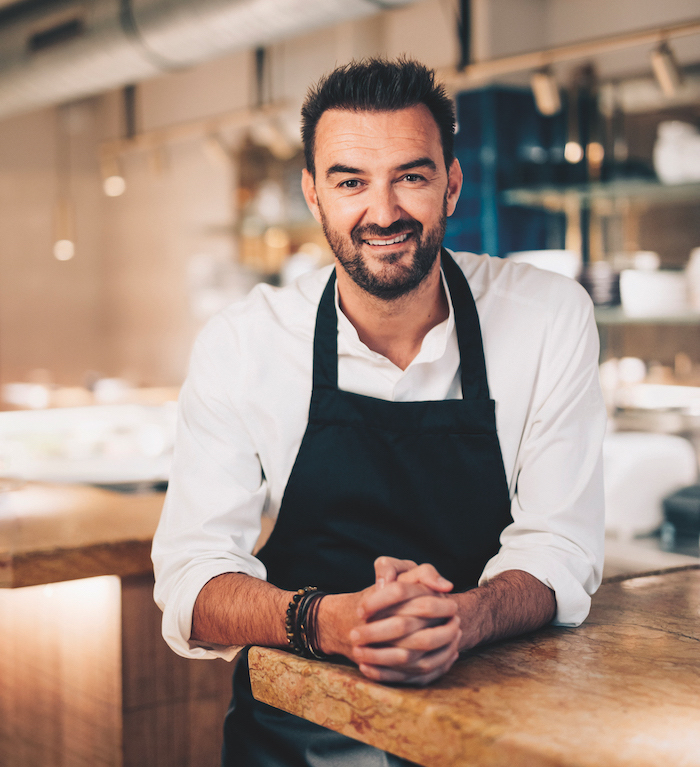
Lignac had found Le Chardenoux, based in 1908 at 1 rue Jules Vallès at a crossroads overlooking rue Paul Bert, a as soon as vibrant establishment that had misplaced a few of its élan however none of its pedigree. One of many final genuine Parisian bistros, it’s labeled a historic monument for its wrought iron marquee awning and artwork nouveau marble bar. “A jewel of the Belle Époque!” Lignac enthuses. The chef’s affection confirmed in his painstaking restoration of the luxurious inside since taking it over in 2008. Solely in 2019 did he refocus the menu round recent fish and seafood and subtly refresh the décor – simply “a contact of modernity, whereas preserving its soul of yesteryear”.
Very like Auboyneau, it appears Lignac was additionally too keen on this villagey quartier to be content material with only one handle. With that very same combine of selling savvy and love for France’s culinary historical past, in 2011 he and former Fauchon pastry chef Benoît Couvrand opened La Pâtisserie at 24 rue Paul Bert, the place they’ve introduced again into vogue as soon as outmoded desserts like tarte au citron, Paris-Brest and baba au rhum. In 2016, they opened their first handle for chocolate lovers, La Chocolaterie, simply throughout the road at 25 rue Chanzy. Thanks in nice half to Lignac and Auboyneau, rue Paul Bert is a tragic little avenue no extra. “This Village Paul Bert is in fixed evolution,” says Lignac. “New addresses appear to be showing daily, significantly meals outlets and eating places, every bringing with them distinctive savoir-faire. It’s this mixing that’s so thrilling, and is elevating up the entire quartier.”
Immediately, a stroll down rue Paul Bert leads you previous quite a few beloved eating places, from Le Chardenoux and Le Bistrot Paul Bert, to the good Argentine restaurant Unico, at no. 15, and the cosy 25-seater Le Temps au Temps at no.13. However what has made this quartier a really epicurean vacation spot are all of the impassioned shopkeepers you encounter right here. There’s Sara Boukhaled, who elegantly blends French and North African culinary cultures along with her reimagined corne de gazelle pastries at Maison Gazelle (2 rue Jean-Macé). At 16 rue Chanzy, Stéphane Premat of L’Univers du Fromage celebrates France’s wealthy range of uncooked milk cheeses, proudly providing such exceptionally uncommon examples because the Bleu de Termignon, made by solely 4 Alpine farmers at an altitude of two,300m. But at 5 rue Paul Bert you’ll additionally meet Mary Jähnke, of Jay and Pleasure, the primary vegan cheese producer in France, whose little workshop boutique now provides shops throughout the nation along with her creations comprised of almonds, cashews and sunflower seeds.
Artisan Spirit
“In France, folks have develop into increasingly more demanding by way of the sustainability, traceability and the intrinsic high quality dietary worth of the meals they purchase,” says Jean-François Le Goff, founding father of Ham’s, an distinctive ham store which opened at 21 rue Paul Bert in 2018. “That, and our primary want for human connections, is attracting folks again to their neighbourhood shops once more.”
Le Goff speaks passionately of the farmers who lately have saved from extinction such noble races of pigs because the Noir de Bigorre of southern France, the Kintoa of the Basque nation, or the Cul Noir of the Limousin. In the meantime, Samuel Nahon, co-founder of Terroirs d’Avenir, which sources heirloom vegatables and fruits and different high quality meals from small French farms, recounts tales of wheat farmers who deserted genetically modified varieties in favour of historical, forgotten varieties like Touzel, Tréziers or Barbu. Due to them, baker Jonathan Herbster creates fabulously flavourful breads for the Terroirs d’Avenir Boulangerie at eight rue Paul Bert, simply throughout the road from the Terroirs d’Avenir Epicerie at no.5.
“As shoppers we’re considering extra now concerning the repercussions of our each day decisions,” displays Nahon. “Society has examined the boundaries of humanity and our planet, with large agro-business and hypermarket chains. However now we’re realising that small is gorgeous!”
That would properly be the maxim of the wine store Crus et Découvertes at 7 rue Paul Bert, the place since 2003 Mikael Lemasle has been advocating for pesticide-free viticulture and wines unadulterated by preservatives and laboratory yeasts. “Once I have a look at what’s occurred to our avenue over the past 15 years, with the arrival of many small artisans attempting to perpetuate a practice, it jogs my memory of what has impassioned me in my very own occupation,” he says. “It’s about discovering myself on the crossroads of all these important points at play in our society, and dealing to supply one other path for these small, free-spirited artisan wineries.” It could appear that path has a reputation: rue Paul Bert.
Boutiques, Galleries & Eating places
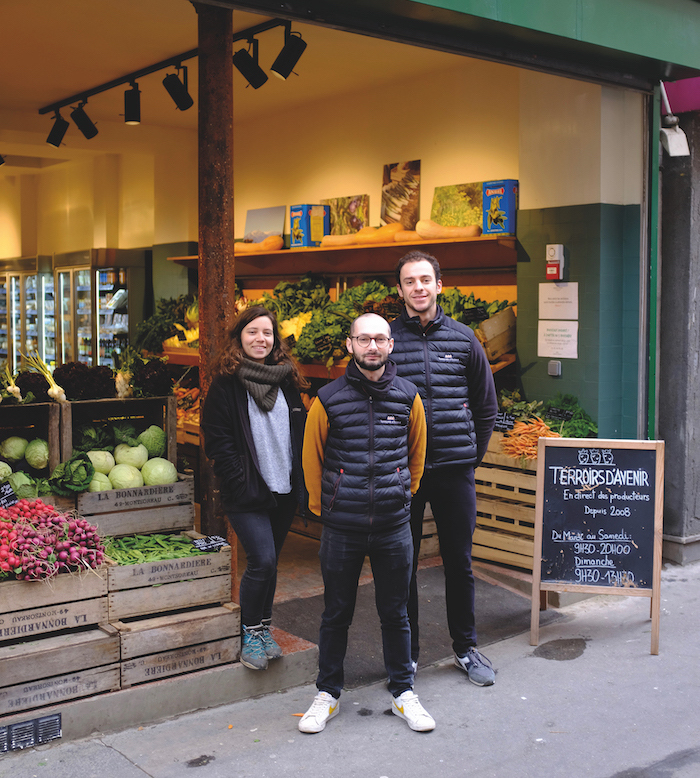
ÉPICERIE TERROIRS D’AVENIR: 5 rue Paul Bert
Tel. +33 1 84 79 88 27
This epicurean grocer from the founders of Terroirs d’Avenir, suppliers of outstanding produce and Gradual Meals licensed connoisseur gadgets to lots of France’s high cooks, provides foodies the possibility strive for themselves the heirloom vegatables and fruits utilized in starred eating places, from Argenteuil asparagus and Pontoise cabbage, to Brie de Meaux cheese and Grégory Spinelli’s Parisian mushrooms.
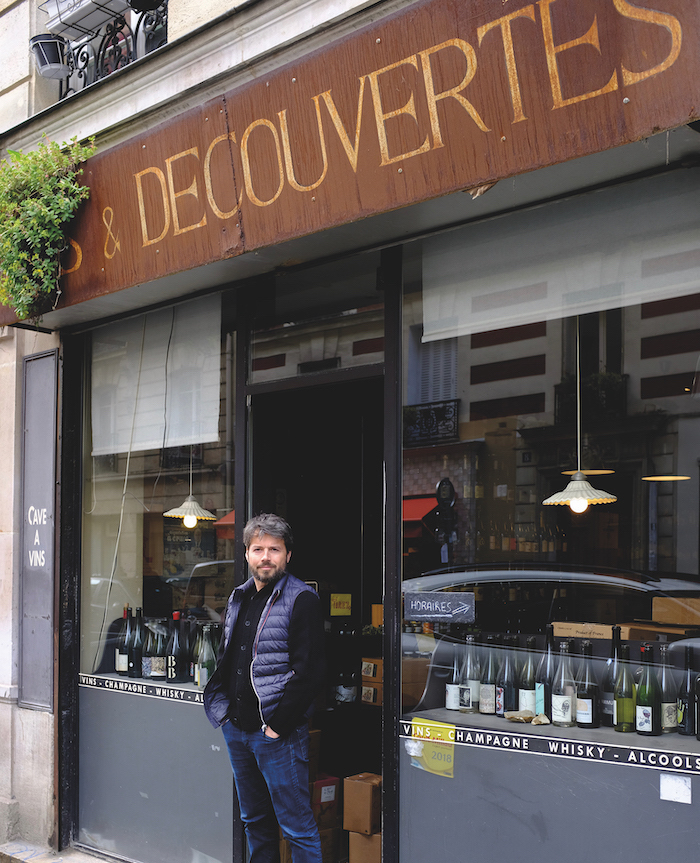
CRUS ET DÉCOUVERTES: 7 rue Paul Bert
Tel. +33 1 43 71 56 79
This small wine store is bursting on the seams with fabulous pure wines lovingly curated by Mikael Lemasle. The previous wine agent is among the uncommon Parisian cavistes who commit the persistence and capital to age wines to maturity earlier than releasing them. At a time when vin naturel has gone mainstream, Lemasle affords oenophiles the surety of a sulphite-free wine at its fragrant peak.
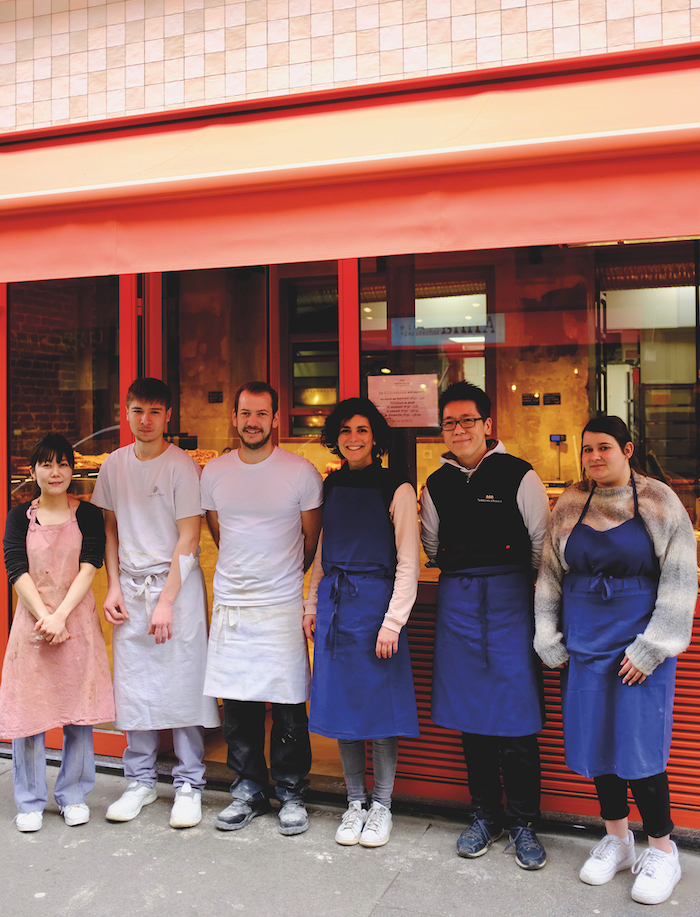
BOULANGERIE TERROIRS D’AVENIR: eight rue Paul Bert
Tel. +33 1 84 79 88 25
A bakery like no different, created by the corporate well-known for serving to resurrect heirloom vegatables and fruits in France, and right here doing the identical for uncommon, historical wheat varieties. The divine crust and aromas of breads just like the “Le Paul Bert” sourdough – comprised of three forgotten wheat varieties – alongside good croissants present these younger bakers have expertise besides.
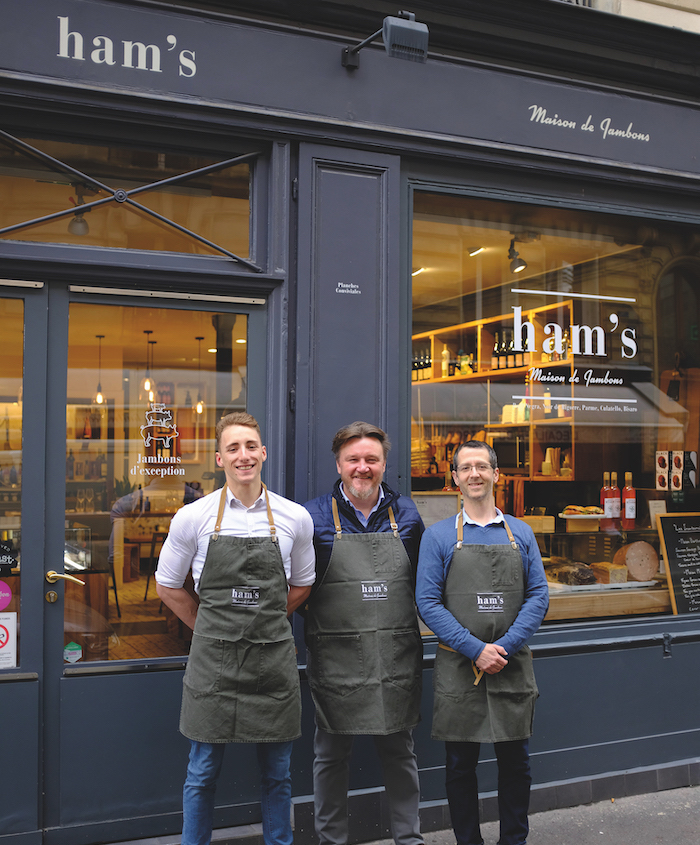
HAM’S: 21 rue Paul Bert
Tel. +33 9 61 68 70 35
The English title on the door units the worldwide tone of this elegant store and tasting room celebrating essentially the most beautiful and respectfully raised hams of Europe. Journey in your style buds from France with Catalan and Aveyron saucissons and mouthwatering 40-month aged Noir de Bigorre ham, to Italy with pretty Culatello di Zibello ham, and on to Spain with divine 43-month Pata Negra Ibérico.
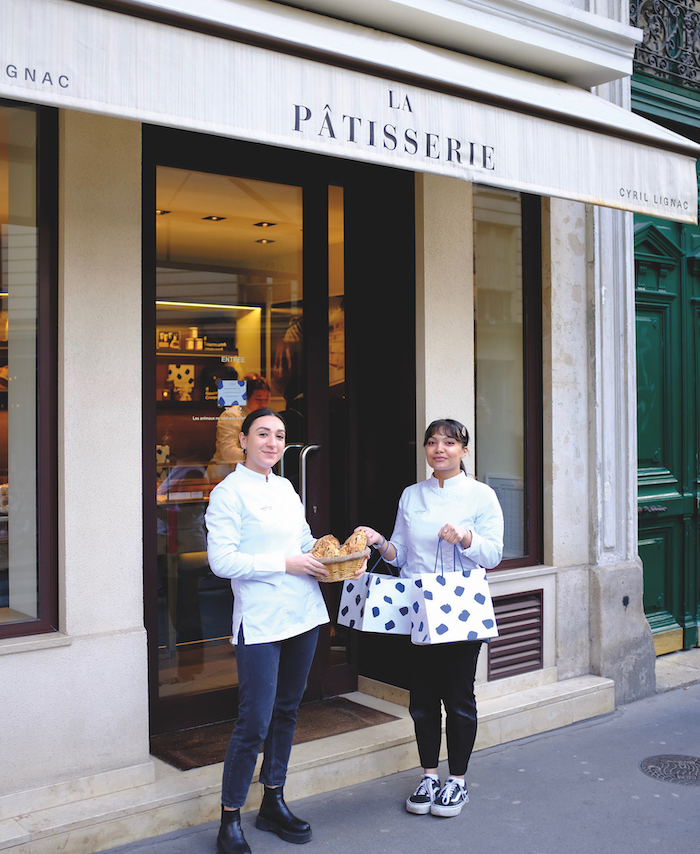
LA PÂTISSERIE CYRIL LIGNAC: 24 rue Paul Bert
Tel. +33 1 42 96 95 54
What do you get when France’s favorite superstar chef and the previous head of pastries for the connoisseur meals firm Fauchon come collectively? La Pâtisserie Cyril Lignac, a bread and pastry store anchored within the nice French dessert custom, providing heavenly takes on classics like tarte au citron, Paris-Brest and baba au rhum, in addition to scrumptious breads, truffles and different impossible-to-resist gourmandises.
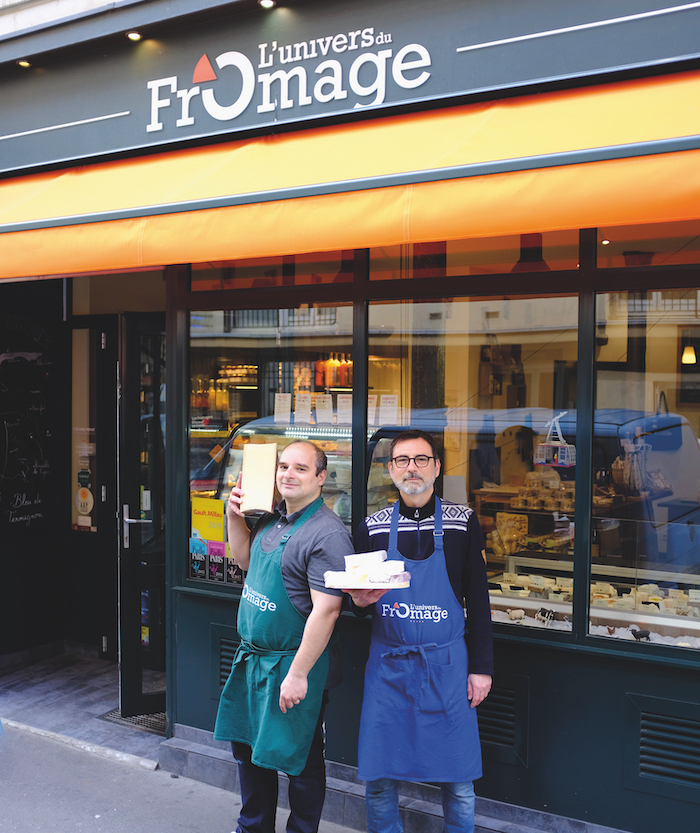
L’UNIVERS DU FROMAGE: 16 rue Chanzy
Tel. +33 9 81 85 51 76
Because the title of this charming store suggests, cheesemonger Stéphane Premat loves the complete universe of cheese, and presents as much as 120 varieties from all throughout France and Europe. However his particular ardour is for the fabulously various cheeses of the Savoie – his father’s homeland – and he affords as much as 30 of them, together with the rarest cheese in France: the Bleu de Termignon, made by solely 4 Alpine farmers.
Learn the opposite articles within the Parisian Walkway collection here.
From France Immediately journal
Supply: www.francetoday.com

